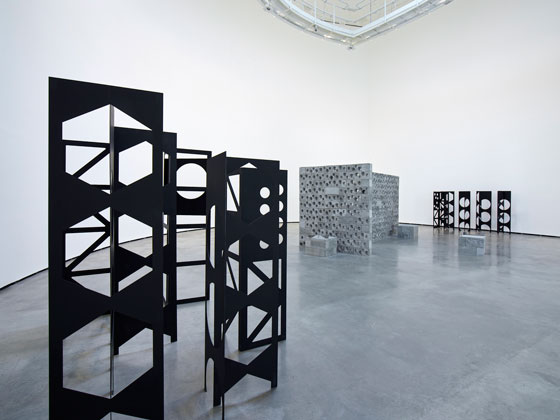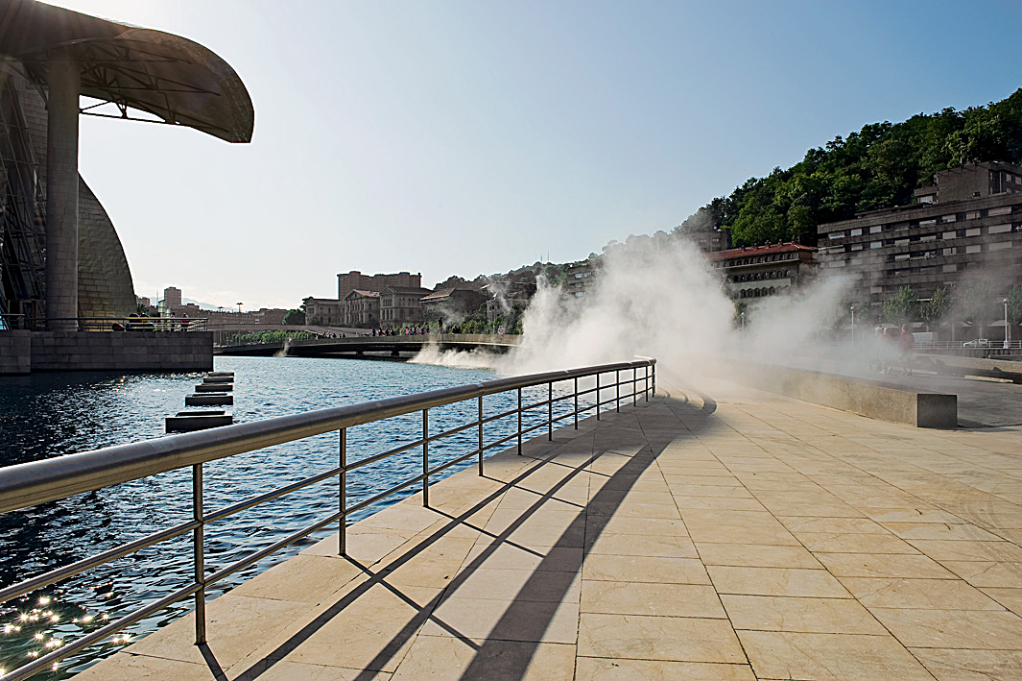Basque Graphics; Typography and Ornament: 1961–1967
2013Copper plate etching32 x 45 x 9 cm (with frame), each
In the course of her artistic investigations, Erlea Maneros Zabala (b. 1977, Bilbao) explores the nature of representation and the role of mass media in shaping contemporary narratives through their treatment of images and subjective view of history.
Maneros Zabala looks to her immediate surroundings when developing her work, in which she appropriates imagery charged with political and historical significance and subsequently inverts, transforms, and serializes it. Pieces like Untitled (September 8, 1894. La Ilustración Española y Americana) (2007/13) and Basque Graphics; Typography and Ornament: 1961–1967 (Grafía Vasca; tipografía y ornamentación: 1961–1967) (2013) are rooted in her native Basque culture and history, while major works such as Untitled (Los Angeles Times Archive on Microfilm, May 2007) (2008) and Untitled, Thursday, November 1st, 2001, Los Angeles Times and New York Times (2005–13) address themes associated with her adoptive city of Los Angeles. The artist draws on history, the past and the present through images, but also through processes that revive outdated or obsolete technologies.
Basque Graphics; Typography and Ornament: 1961–1967, created specifically for the 2013 museum exhibition Garmendia, Maneros Zabala, Salaberria. Process and Method, consists of thirty-nine etched copper plates that reproduce selected pages from the political periodical Sine Nomine. An underground publication created after Egiz magazine (1950–52) was officially banned, Sine Nomine was printed on a mimeograph machine and distributed by Basque clergymen from 1961 onwards. Basque Graphics allows us to see Maneros Zabala’s earlier series in a different light, revealing how her interest has shifted from the formal aspects of the image to the formal aspects of text. In a way, here the artist has eliminated the text-image dichotomy, just as she did in previous series such as Exercises on Abstraction (2007–13), in which she used the invisibility of the textual content as a springboard to reach abstraction. Basque Graphics; Typography and Ornament: 1961–1967 does not show the printed page itself, but the matrix from which the text springs, rather like an archeological presentation that attempts to demonstrate the process of mechanical reproduction, an obsolete industrial technique.
Original title
Basque Graphics; Typography and Ornament: 1961–1967
Date
2013
Medium/Materials
Copper plate etching
Dimensions
32 x 45 x 9 cm (with frame), each
Credit line
Guggenheim Bilbao Museoa






